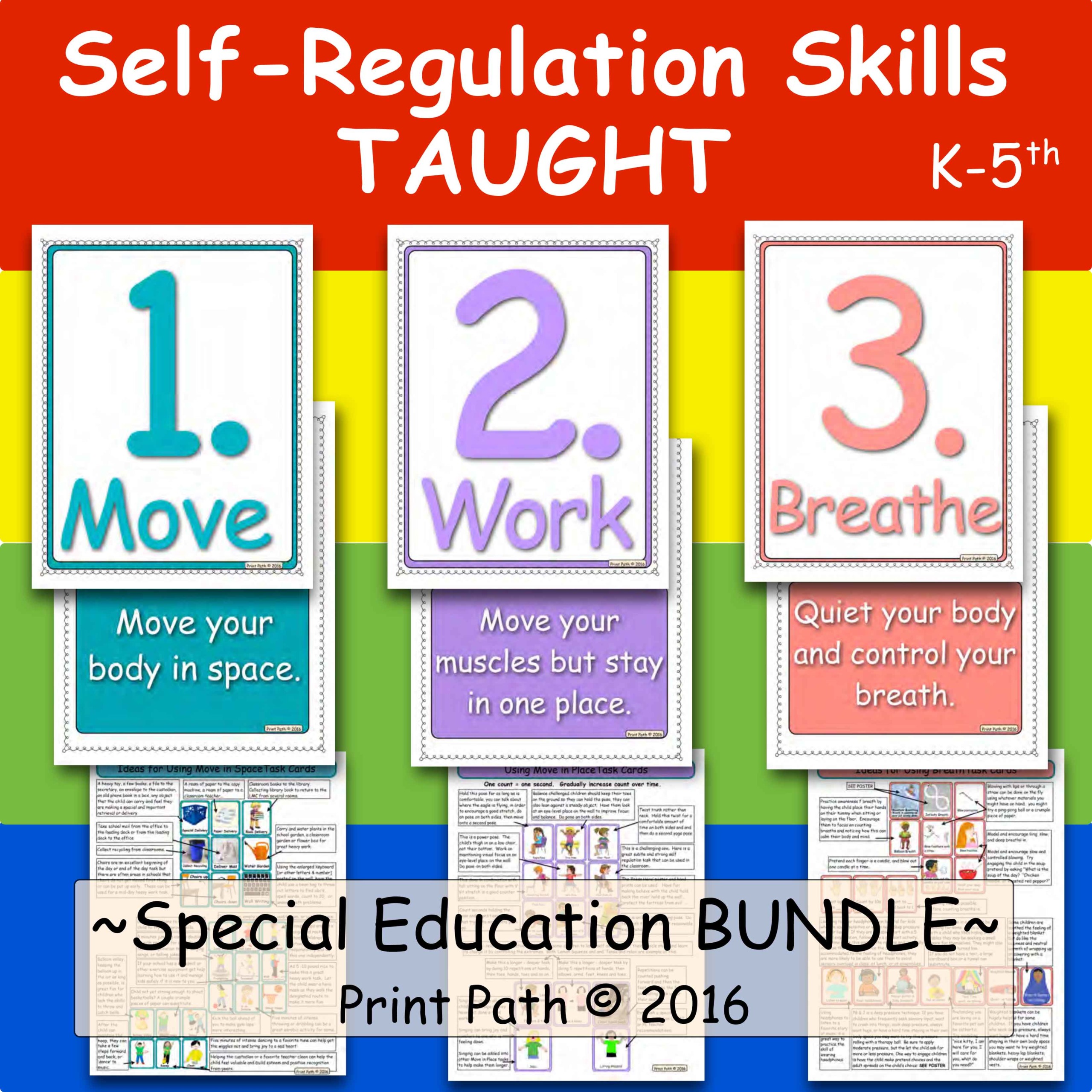Obesity and Self-Regulation in Children
Obesity and Self-Regulation in Children
Previous research on obesity and self-regulation in children has indicated that poor self-regulation is associated with increased risk of obesity. Recent research examined how varying levels of toddler self-regulation are associated with the prevalence of obesity at kindergarten age and whether the pattern of association is different between boys and girls.
The data was analyzed from 10,700 US children born in 2001 and again during kindergarten entry in 2006-2007 using information from the Early Childhood Longitudinal Study, Birth Cohort. A large subgroup of 6400 children was observed for toddler self-regulation in the home through parent interview and direct assessment. The standardized assessment of the two-year-old toddlers included four dimensions of self-regulation: adaptability, attention, persistence, and frustration tolerance. Obesity was defined as a body mass index for age in the 95th percentile or greater.
Results of the study on obesity and self-regulation in children
The results of the study on obesity and self-regulation in children indicated the following:
- Self-regulation scores were lower for boys than for girls.
- lowest self-regulation quartile comprised more boys than girls.
- prevalence of obesity at 5.5 years was 19.2% among boys and 16.5% among girls.
- association between toddler self-regulation and obesity at 5.5 years was different for boys and girls: for boys, obesity prevalence was lower for those with the most self-regulation, whereas among girls, obesity prevalence was highest for those with the most and least self-regulation and lowest for those with intermediate levels of self-regulation.
The researchers concluded that obesity prevention efforts aimed at improving self-regulation may have different results for girls and boys.
Reference: Anderson SE, Whitaker RC. Association of Self-regulation With Obesity in Boys vs Girls in a US National Sample. JAMA Pediatr. Published online July 16, 2018. doi:10.1001/jamapediatrics.2018.1413
If you need ideas to teach self-regulation skills to children, then check out the Self Regulation Skills Curriculum.
Self- Regulation Skills Taught: This curriculum provides an effective, time-efficient structured system to provide classroom breaks, improve self-awareness and self-advocacy and teach specific self-regulation skills so that kids have tools to use in their classrooms. This system will get kids moving, give them the benefits of a brainpower boost [from getting their heart rate up], give them heavy work and isometrics to help them calm down, and help them learn techniques to quiet and control their bodies in order to return to their academic work. FIND OUT MORE.
Read more on self-regulation:
The Ultimate Guide to Self-Regulation in Children
Key Components of Effective Interventions for Self-Regulation
Self-Regulation and Early Writing Skills
Visual Supports: Schedules, Self-Regulation, & Classroom Inclusion
10 Fun Games to Practice Self-Regulation Skills





